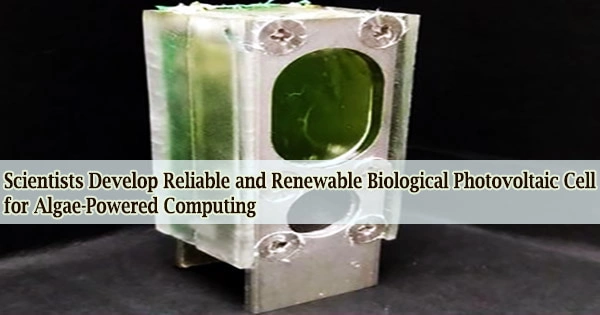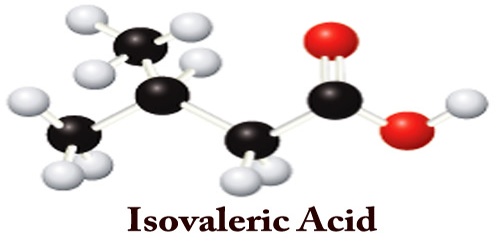Electric power quality refers to how closely a power supply system’s voltage, frequency, and waveform adhere to defined criteria. A stable supply voltage that remains within the prescribed range, a steady AC frequency near to the authorized value, and a smooth voltage curve waveform (resembling a sine wave) are all indicators of good power quality. In general, power quality can be defined as the compatibility of what comes out of an electrical outlet with the load that is put into it.
Electric power quality refers to the qualities of electrical power that allow electrical systems to operate properly. It includes voltage, frequency, harmonics, waveform distortion, and reliability. Good power quality ensures that electrical equipment operates efficiently and reliably without experiencing any disturbances or damage.
The phrase refers to the electric power that drives an electrical load, as well as the load’s ability to work effectively. Without the right power, an electrical equipment (or load) may malfunction, fail prematurely, or stop working altogether. There are numerous ways in which electricity might be of poor quality, as well as numerous reasons of such power.
Key parameters of electric power quality include:
- Voltage stability: Voltage should remain within specified limits to ensure proper operation of electrical equipment. Variations in voltage can lead to malfunctions or damage to sensitive equipment.
- Frequency stability: The frequency of AC power systems should remain constant within a specified range. Deviations in frequency can affect the performance of equipment, particularly those with timing mechanisms.
- Harmonics: Harmonics are multiples of the fundamental frequency in an electrical system. Nonlinear loads, such as power electronics and variable speed drives, can introduce harmonics, which can lead to voltage distortion and interference with sensitive equipment.
- Transients: Transients are sudden, brief changes in voltage or current that can occur due to switching operations, lightning strikes, or faults. They can cause equipment malfunction or damage if not properly managed.
- Voltage sags and swells: Voltage sags (dips) and swells (surges) are short-term variations in voltage levels. They can occur due to sudden changes in load, faults in the distribution system, or switching operations. Proper voltage regulation and protection measures are necessary to mitigate their effects.
The electric power industry includes electricity generation (AC power), transmission, and distribution to an electricity meter installed on the premises of the end user of electric power. The electricity then travels through the end user’s wiring system to reach the load. The intricacy of the system for moving electric energy from point of production to point of consumption, combined with variations in weather, generation, demand, and other factors, creates several opportunities for the quality of supply to be jeopardized.
While many people find “power quality” to be a convenient term, it actually describes the quality of the voltage rather than power or electric current. Power is simply the flow of energy, and the current demanded by a load is largely uncontrollable.
















